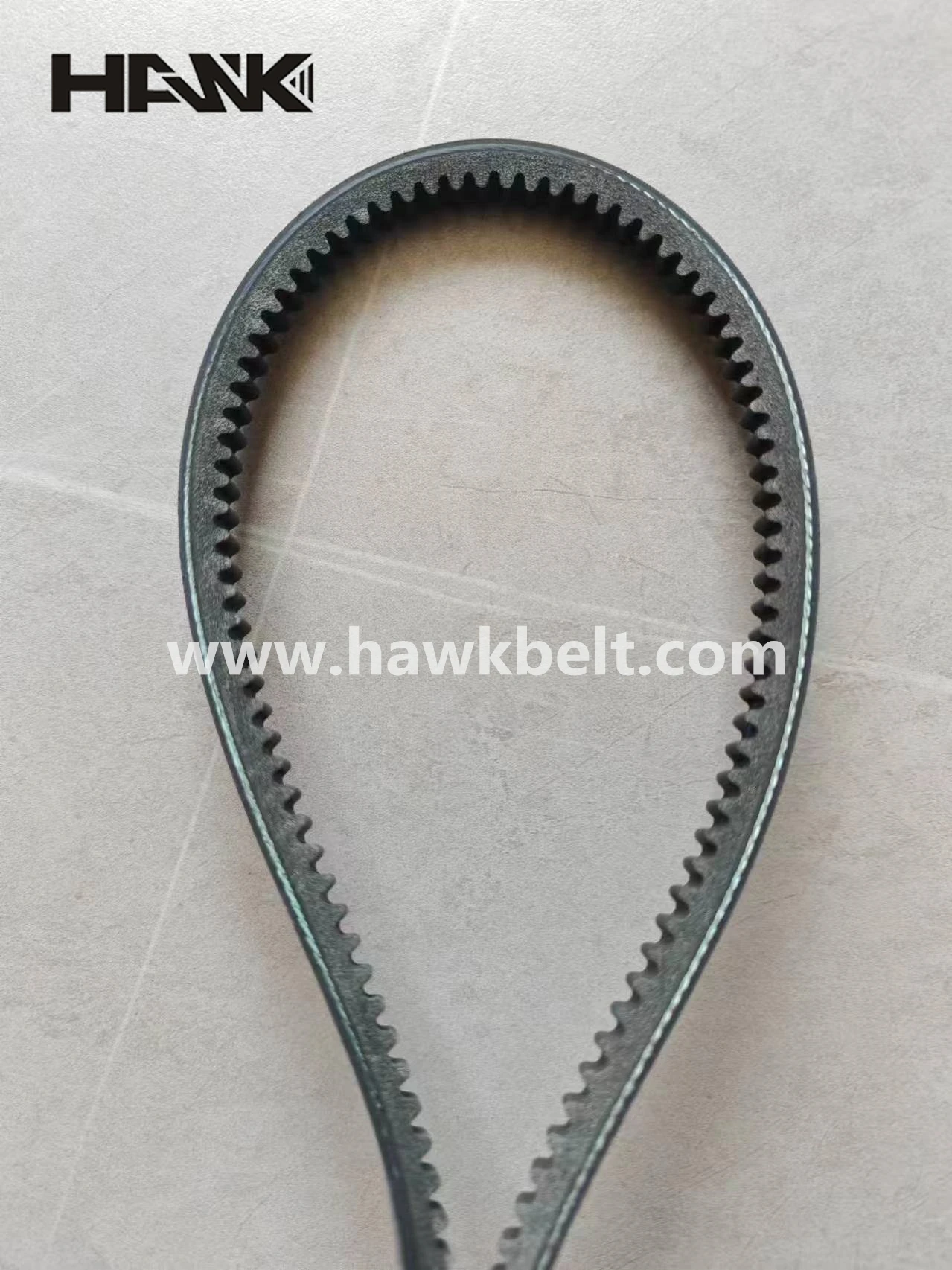- Arabic
- French
- Russian
- Spanish
- Portuguese
- Turkish
- Armenian
- English
- Albanian
- Amharic
- Azerbaijani
- Basque
- Belarusian
- Bengali
- Bosnian
- Bulgarian
- Catalan
- Cebuano
- Corsican
- Croatian
- Czech
- Danish
- Dutch
- Afrikaans
- Esperanto
- Estonian
- Finnish
- Frisian
- Galician
- Georgian
- German
- Greek
- Gujarati
- Haitian Creole
- hausa
- hawaiian
- Hebrew
- Hindi
- Miao
- Hungarian
- Icelandic
- igbo
- Indonesian
- irish
- Italian
- Japanese
- Javanese
- Kannada
- kazakh
- Khmer
- Rwandese
- Korean
- Kurdish
- Kyrgyz
- Lao
- Latin
- Latvian
- Lithuanian
- Luxembourgish
- Macedonian
- Malgashi
- Malay
- Malayalam
- Maltese
- Maori
- Marathi
- Mongolian
- Myanmar
- Nepali
- Norwegian
- Norwegian
- Occitan
- Pashto
- Persian
- Polish
- Punjabi
- Romanian
- Samoan
- Scottish Gaelic
- Serbian
- Sesotho
- Shona
- Sindhi
- Sinhala
- Slovak
- Slovenian
- Somali
- Sundanese
- Swahili
- Swedish
- Tagalog
- Tajik
- Tamil
- Tatar
- Telugu
- Thai
- Turkmen
- Ukrainian
- Urdu
- Uighur
- Uzbek
- Vietnamese
- Welsh
- Bantu
- Yiddish
- Yoruba
- Zulu
Avq . 13, 2024 15:41 Back to list
Understanding the Functionality and Applications of Rubber Transmission Belts in Industrial Systems
The Role and Importance of Rubber Transmission Belts in Modern Machinery
Rubber transmission belts are integral components used in various applications across multiple industries. These belts play a crucial role in the transfer of power from one part of a machine to another, ensuring smooth operations and enhanced efficiency. In this article, we will explore the construction, functionality, advantages, and applications of rubber transmission belts.
Construction and Design
Rubber transmission belts are primarily made from high-quality rubber materials that exhibit excellent elasticity and durability. The design typically includes layers of fabric, steel, or cord reinforcement embedded in the rubber to enhance strength and flexibility. This multi-layered construction allows the belts to endure high levels of tension and load while maintaining their operational integrity.
The manufacturing process involves precise engineering and rigorous quality control to ensure that the belts can withstand various environmental factors, including temperature fluctuations, moisture, and exposure to chemicals. The surface of the belts is often designed with specific patterns—such as grooves or ribs—to improve grip and reduce slippage during power transmission.
Functionality
The primary function of rubber transmission belts is to transmit power between different components of machinery, such as motors and pulleys. These belts operate on the principle of friction, allowing for a transfer of rotational energy. When a motor spins, it causes the belt to move, which in turn drives the connected pulleys or wheels. The efficient design of rubber belts ensures that they can transmit significant amounts of torque while minimizing energy loss.
One of the key features of rubber transmission belts is their ability to handle varying speeds and loads. This adaptability makes them suitable for a wide range of applications—from small electric appliances to large industrial machinery. Additionally, rubber belts can operate quietly and with minimal vibration, contributing to a better working environment.
Advantages
rubber transmission belt

The use of rubber transmission belts offers several advantages over other types of power transmission methods, such as chains or gears. One of the most significant benefits is flexibility. Rubber belts can easily conform to different alignments and angles, making them ideal for compact spaces where traditional drives may not fit.
Another advantage is their cost-effectiveness. Rubber belts are generally less expensive to manufacture and replace compared to metal components, making maintenance and repairs more affordable. Furthermore, the lightweight nature of rubber belts reduces the overall weight of machinery, which can contribute to improved energy efficiency.
Rubber transmission belts also exhibit excellent shock absorption properties, which protects machinery components from sudden loads and impacts. This characteristic extends the lifespan of both the belts and the equipment they power.
Applications
Rubber transmission belts are ubiquitous in various industries, including automotive, agriculture, manufacturing, and consumer goods. In the automotive sector, they are commonly used in engine systems and accessories, such as alternators and air conditioning units. In manufacturing, these belts are essential for conveyor systems, facilitating the smooth movement of materials along production lines.
In agriculture, rubber belts are employed in machinery like tractors and harvesters, where a reliable power transmission system is critical. Additionally, in consumer goods, rubber belts are found in appliances such as washing machines, food processors, and more.
Conclusion
Rubber transmission belts are vital components of modern machinery, contributing to efficiency, flexibility, and cost-effectiveness across various applications. As industries continue to evolve, the demand for reliable and durable transmission solutions will ensure that rubber belts remain a popular choice for engineers and manufacturers alike. By understanding the significance of these components, we can appreciate their role in driving innovation and productivity in today’s manufacturing landscape.
-
Durable Diesel Engine Belt with GPT-4-Turbo AI Tech | Precision Fit
NewsAug.04,2025
-
High-Quality Tensioner Belt Pulley - Durable & Efficient
NewsAug.03,2025
-
Premium Timing Belt Factory | AI-Optimized Solutions
NewsAug.02,2025
-
Premium Custom V Belts Enhanced with GPT-4 Turbo AI
NewsAug.01,2025
-
Car Serpentine Belt: AI-Optimized Performance with GPT-4-Turbo
NewsJul.31,2025
-
Heat Joining Drive Belt | High-Durability Fusion Solution
NewsJul.31,2025

